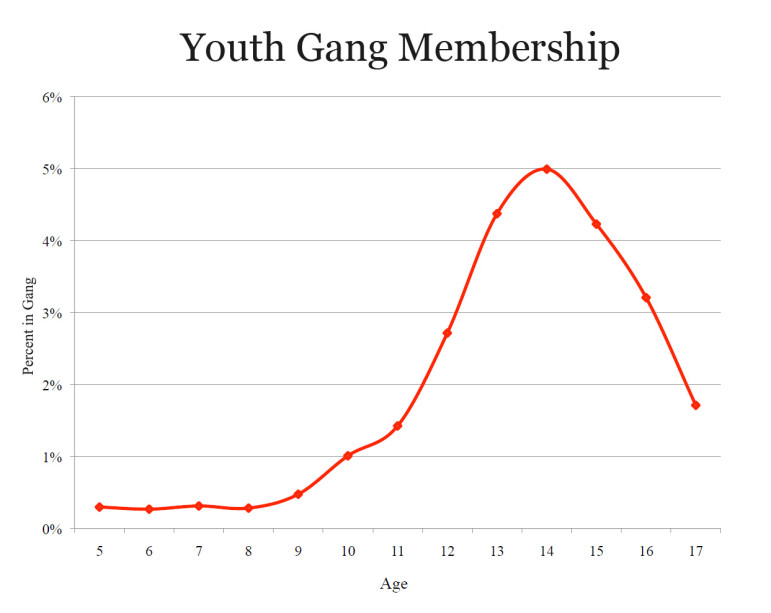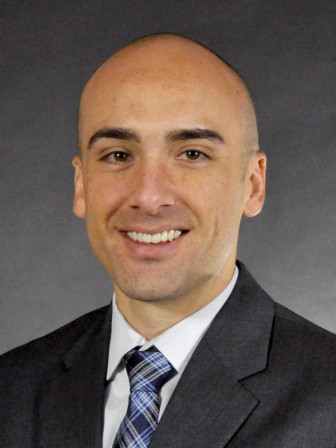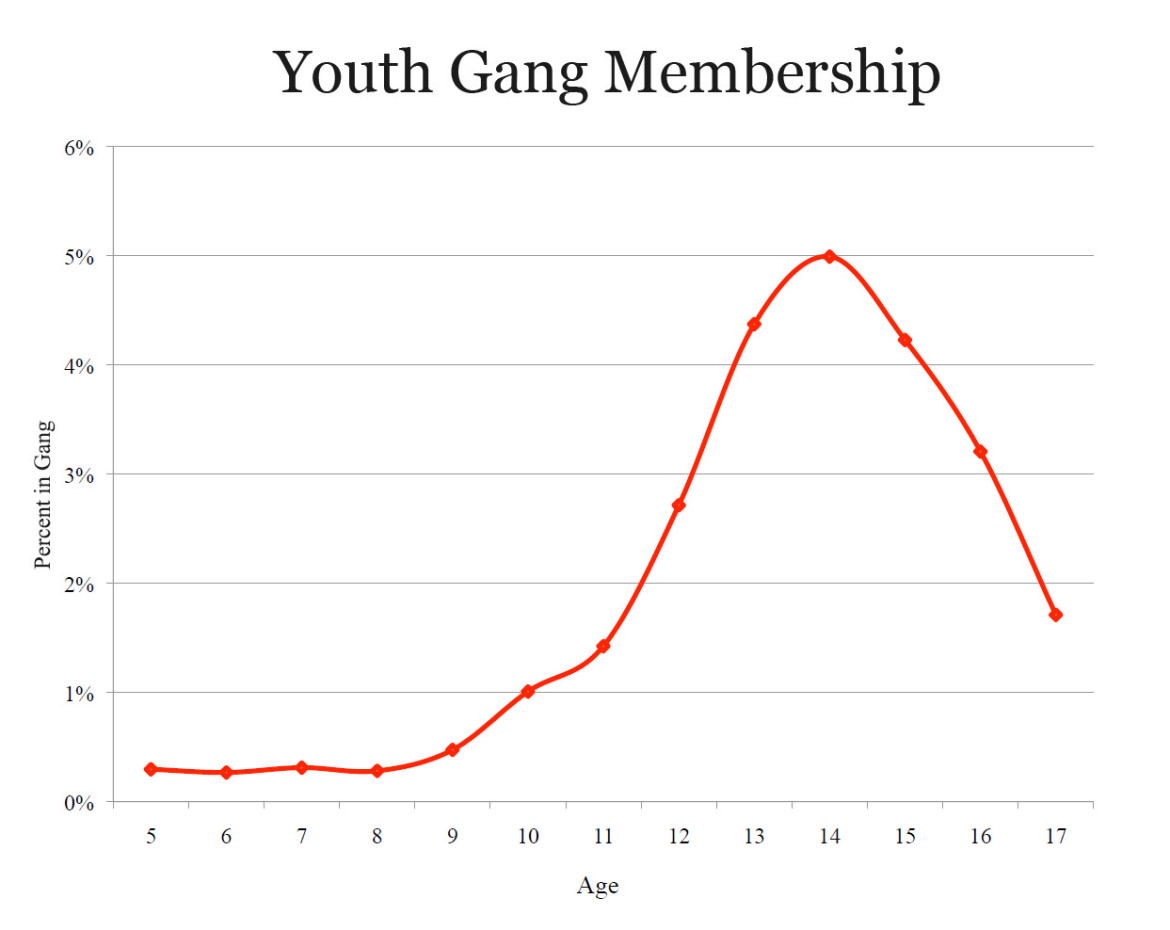
More than 1 million youths in the nation are gang members — more than triple the number estimated by law enforcement, according to a new study that shatters some long-held beliefs about gangs.
The study, published in the Journal of Adolescent Health, refutes the notions that gang members are overwhelmingly black or Latino males and that once youths join a gang, they cannot leave.

David Pyrooz
Lead author David Pyrooz, an assistant professor of criminal justice at Sam Houston State University in Huntsville, Texas, said gang members come from all backgrounds. The study found about 40 percent are non-Hispanic white, Pyrooz said, with the remainder disproportionately black and Latino.
He said another misperception suggests that when youths join a gang, they stay in it, when actually the turnover rate in a one-year period is about 36 percent.
“The public has been led to believe that gang members are black and Latino males and that once someone joins a gang, they cannot leave a gang, both of which are patently false," Pyrooz said.
The study also found about 30 percent of gang members are female.
Pyrooz noted the National Youth Gang Survey by the U.S. Justice Department puts the number of youths in gangs at only about 302,000.
But, the study said, “The population of juvenile gang members to date has been grossly under-recognized.”
The study, now appearing online and to be published in the print edition of the Journal of Adolescent Health in March, noted that law enforcement agencies put the cutoff age higher than the study, which tallied youths ages 5 to 17.
Law enforcement, the study said, puts more emphasis than the study did on older gang members and those involved in violent acts in determining the total number of gang members.
And while law enforcement relies on several factors, such as participating in violent acts or wearing gang colors, the researchers in the new study determined gang membership solely by youths identifying themselves as gang members.
“We’re picking up on this sort of dark figure of this hidden population of gang members in the U.S. that just aren’t going to be identified in law enforcement databases,” Pyrooz said.
“These are the guys who are more peripheral to the gang. They aren’t necessarily involved in deep-end gang activities, whereas law enforcement is picking up on those guys who are the deep end, those individuals who are committing crimes at high rates. They’re involved in lots of violence. They’re extremely embedded in the gang, hanging out on more of a daily basis, whereas we think we’re picking up on the entire picture as opposed to just that core element of the gang population.”
Pyrooz said most youths who join gangs do so at around ages 12 or 13, and the peak age for gang membership is 14.
The study called for more preteen efforts to prevent gang membership.
Pyrooz pointed to the nationally recognized Gang Resistance Education and Training program, which he called “one of the only programs that’s ever been identified to prevent gang membership.”
The program helps counter some of the ways gangs entice youths to join.
“They tend to sell gang membership as being something that’s very attractive, something that can give you protection if you’re the kid getting bullied on the schoolyard,” Pyrooz said.
“If you’re the kid who doesn’t have money, it can give you opportunity to sell drugs. It can give you opportunities to make money other illicit ways. If you don’t have a girlfriend, it can give you a chance to meet girls. If your life is boring, it’s fun. It gives you excitement.”
But the consequences can be devastating: becoming a victim of violence, getting arrested, getting involved in substance abuse, practicing unsafe sex, dropping out of high school and facing severely limited job or career opportunities
Tod W. Burke, a professor of criminal justice at Radford University in Radford, Va., praised the new study.
“It’s a super-interesting study. I think this is something that the community, law enforcement and other agencies should look at,” Burke said.
“I think this is promising in that now we really should be devoting our resources not so much for the older gang members, but let’s look at prevention measures for the young, without ignoring the older ones as lost causes.”
The study is based on interviews with a nationally representative sample of more than 6,700 youths.
